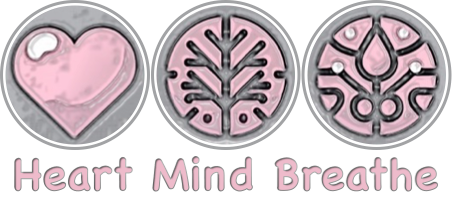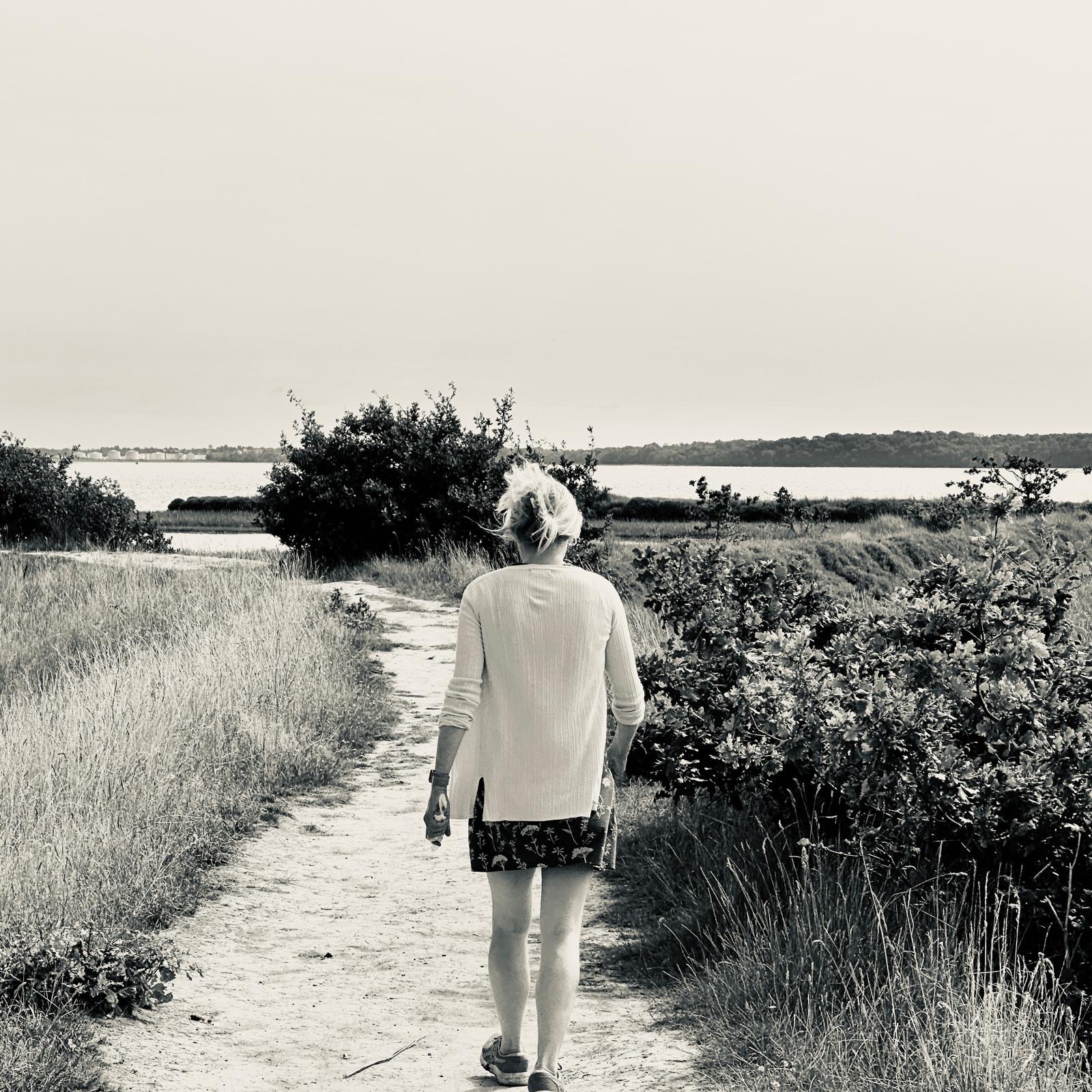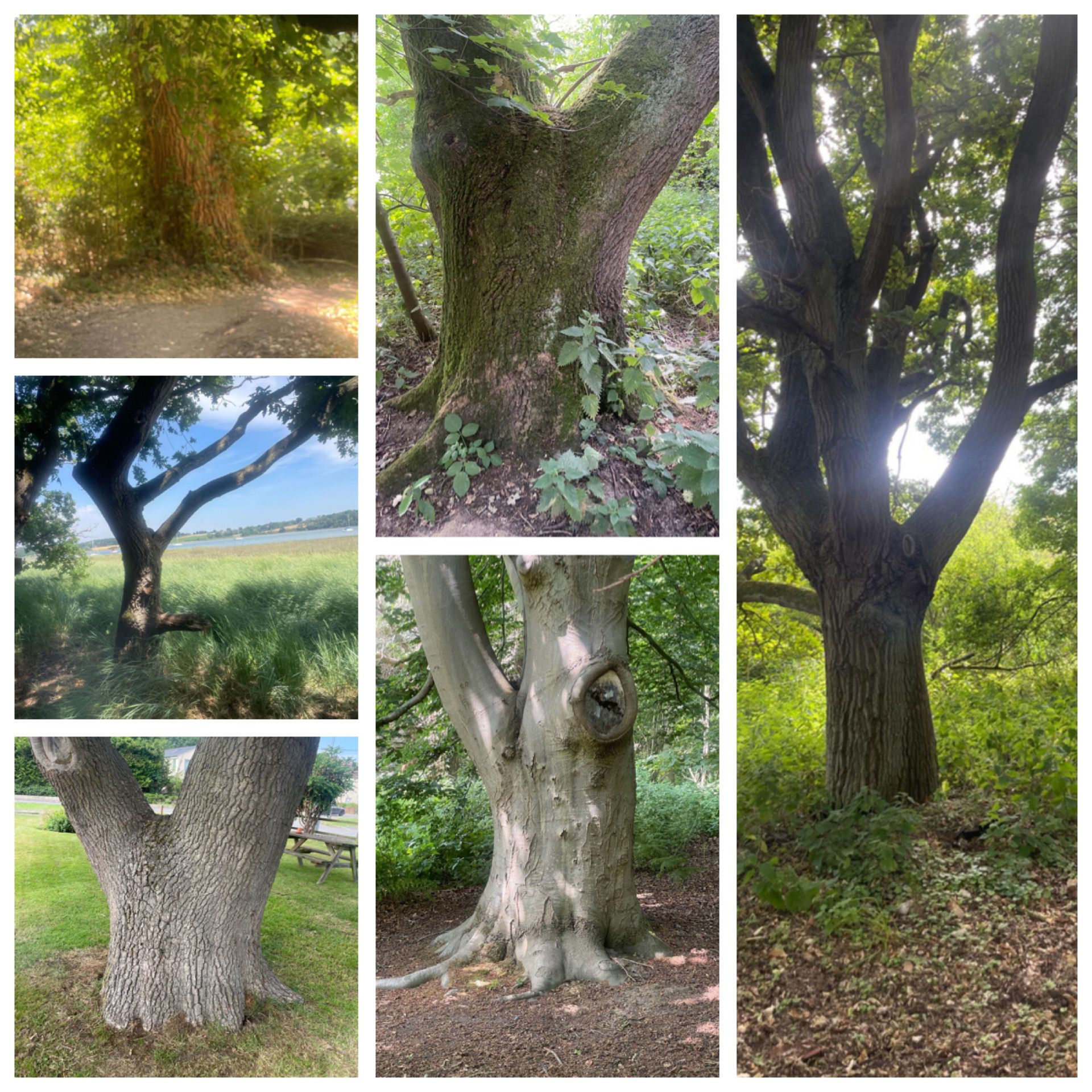🌀 Reclaiming the Small Body: Why Re-Embodiment Matters More Than Ever
We live in a culture that has become profoundly disembodied.
The average person has between 15,000 and 90,000 thoughts per day — a staggering mental churn that keeps us suspended in the realm of cognition. We’re encouraged to live in our heads, to value speed, productivity, and intellect above all else. Rarely are we invited to pause, feel, or listen to the quieter rhythms of the body.
I have been reflecting on this cultural disconnection. We’ve lost touch with what I call the small body: our physical, tactile, energetic self. Because, far from just flesh and bone, the body is a sensing instrument, a portal to presence. It’s also a bridge to something much larger: the large body of the earth, the ecosystem, and wider field of life.
🧠 The Worship of Intellect and What It Costs Us
One striking signal of our cultural imbalance is how we allocate resources. In the United States, the largest financial endowment ever made was to Harvard University , an institution that epitomizes the worship of intellect. Harvard’s endowment now exceeds $53 billion, funding research, innovation, and academic excellence. The leading universities in the UK, Cambridge and Oxford, are renowned for having some of the largest financial endowments, often competing closely with each other. This underscores just how much value is placed on intellect, on both sides of the pond.
It isn’t inherently wrong to value intellect. Indisputably, intellectual pursuits are fundamental in terms of how they fuel advancements, foster growth and shape society. But let’s consider some of the vital things which get lost when intellect becomes the dominant or only perceived form of valued intelligence:
We lose somatic intelligence — the wisdom of the body.
We lose emotional intelligence — the capacity to feel and relate.
We lose intuitive intelligence — the knowing that arises without logic.
We lose relational intelligence — the ability to attune, connect, and co-regulate.
To elevate one form of knowing while dismissing the others is imbalanced, dangerous even. It leads to fragmentation, alienation, and a loss of meaning.
And it’s no coincidence that so many people today feel anxious, numb, or disconnected.
🌍 The Small Body and the Large Body
The small body – our personal, felt experience – was never meant to exist in isolation. It is in constant dialogue with the large body: the earth, the seasons, the cycles of life. Indigenous traditions, ancient philosophies, and somatic lineages have long understood this relationship.
The way we treat our bodies mirrors the way we treat the earth.
When we neglect the small body, we also neglect the large body.
When we override our own signals, we override the signals of the planet.
When we numb ourselves, we numb our empathy for the world around us.
🌱 A Path Back: Embodiment in Practice
The good news is that can return.
We can learn to listen again, through breath, movement, sensation, and presence. There are teachings and practices that support this re-embodiment, and they’re more relevant now than ever. Through these teachings and practices we can heal the split between mind and body, self and world; we can reclaim presence in a world that profits from our distraction.
Re-embodiment doesn’t mean abandoning intellect. It means integrating it. It means listening to the body’s signals, honouring its rhythms, and allowing it to guide us, in movement, in decision-making, relationships, and creativity.
This is a key component within my seven-week course, rooted in the foundations of embodiment. It’s designed to guide you gently back to the wisdom of your own body and the deeper connection it holds.
We’ll explore:
- Somatic awareness and nervous system regulation
- Philosophical inquiry into body-mind integration
- Tools for daily embodiment in a disembodied world
If you’re curious, I invite you to explore. Not just the course, but the possibility of living from a place of felt presence, grounded awareness, and embodied truth.
Let’s remember what it means to be fully alive.


